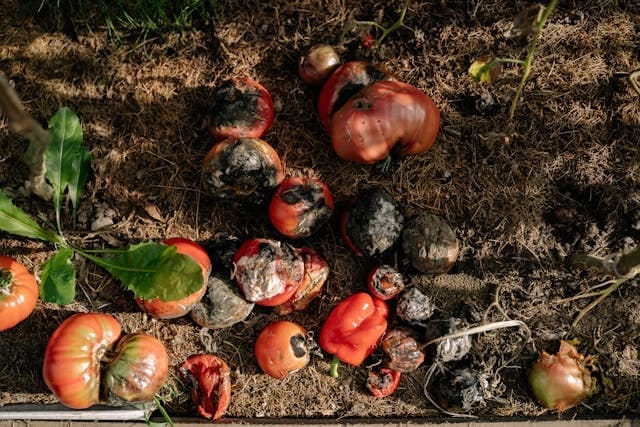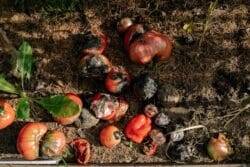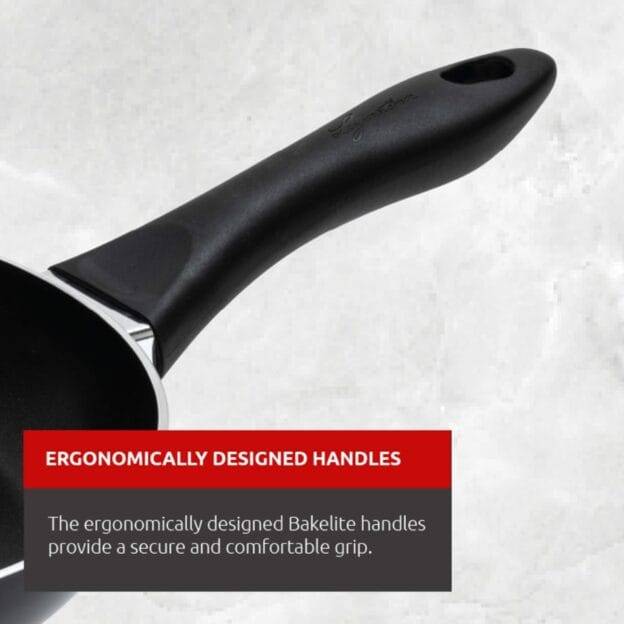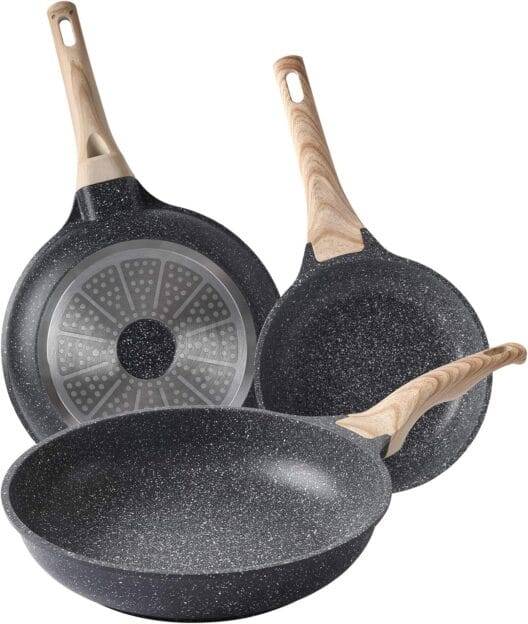The Most Eco-friendly Frying Pan Material?

Have you ever wondered about the best eco-friendly frying pan materials for both your cooking and the environment? Choosing the right frying pan can be a bit of a challenge, especially when considering the impact it might have on your health and the planet. With so many materials available, it’s essential to know which ones are eco-friendly and safe for your culinary adventures.
Understanding Eco-Friendly Cooking Materials
When we talk about eco-friendly materials, we’re referring to those that are sustainable, non-toxic, and conducive to a healthier planet. This often involves looking at the production processes, disposal methods, and the impact these materials have on your health during use.
Key Characteristics of Eco-Friendly Frying Pan Material
Here are some essential features that make a frying pan material eco-friendly.
- Sustainability: The material should be sourced from renewable resources or processes that minimize environmental impact.
- Non-Toxic: It’s crucial that the frying pan doesn’t release harmful substances into your food or the air when heated.
- Durability: A longer-lasting frying pan contributes to less waste, reducing the need for replacements.
Being aware of these characteristics can greatly assist you in making a responsible choice when selecting kitchen tools.

Popular Frying Pan Materials
Now that you have a better understanding of what makes eco-friendly frying pan materials, let’s take a closer look at the most common types of frying pans and examine their sustainability and safety.
1. Stainless Steel
Stainless steel frying pans are prized for their durability and resistance to rust and corrosion. Made from a mix of iron, chromium, and nickel, they are non-reactive and safe for cooking various foods.
Advantages:
- Long-Lasting: They can last for decades if maintained properly.
- Non-Toxic: They do not leach chemicals into your food.
Disadvantages:
- Heat Conductivity: They don’t conduct heat as well as some other materials.
- Requires Care: They can be prone to sticking and may require specific cooking techniques.
2. Cast Iron
Cast iron pans have stood the test of time, known for their excellent heat retention and even cooking. They can be a bit heavy but are fantastic for frying, baking, and even stewing.
Advantages:
- Natural Non-Stick: With proper seasoning, they develop a natural non-stick surface.
- Iron Supplement: They can add trace amounts of iron to your food, beneficial for those who need it.
Disadvantages:
- Weight: They can be cumbersome to handle.
- Maintenance: Require regular seasoning and can be vulnerable to rust if not cared for properly.
3. Ceramic
Ceramic frying pans offer a non-toxic alternative to conventional non-stick coatings. Made primarily from clay, they are baked at high temperatures to produce a sturdy surface.
Advantages:
- Non-Stick Surface: Excellent for low-fat cooking without the need for chemical coatings.
- Heat Distribution: They provide even heat distribution for consistent cooking.
Disadvantages:
- Durability: They can chip or crack if mishandled.
- High Temperature Limitations: Not suitable for high-heat cooking methods.
4. Non-Stick (PTFE/PFOA Free)
Modern non-stick frying pans are designed to be free from harmful chemicals like PFOA (perfluorooctanoic acid) and PTFE (polytetrafluoroethylene). They offer convenience in cooking with minimal oil.
Advantages:
- Easy to Clean: Food doesn’t stick, making cleanup a breeze.
- Low-Fat Cooking: Great for healthy cooking with reduced oil use.
Disadvantages:
- Durability Concerns: Non-stick surfaces can scratch easily and wear over time.
- Temperature Sensitivity: They can release harmful fumes if overheated.
5. Carbon Steel
Carbon steel pans are similar to cast iron but lighter, making them a great option for frying and sautéing. They also develop a natural non-stick surface with seasoning.
Advantages:
- High Heat Tolerance: Perfect for high-temperature cooking.
- Versatile: Can be used for various cooking methods, including baking.
Disadvantages:
- Requires Care: Like cast iron, these pans must be seasoned and dried properly to prevent rust.
- Weight: While lighter than cast iron, they still have some heft.
Comparing Eco-Friendly Frying Pan Materials
To see the differences more clearly, here’s a breakdown of the frying pan materials you may consider:
| Material | Sustainability | Toxicity | Durability | Maintenance |
|---|---|---|---|---|
| Stainless Steel | High | Non-Toxic | Very High | Moderate |
| Cast Iron | High | Non-Toxic | Very High | High |
| Ceramic | Moderate | Non-Toxic | Moderate | Low |
| Non-Stick | Moderate | Can be Toxic (if older formulations) | Low | Very Low |
| Carbon Steel | High | Non-Toxic | High | Moderate |
Understanding these factors can help you choose the right pan for your kitchen, supporting both your health and the environment.
Conclusion
Determining the most eco-friendly frying pan material involves weighing the benefits and drawbacks of each material. Thoroughly assessing your cooking needs and habits will guide you in making a choice that’s perfect for you. Stainless steel and cast iron tend to be at the forefront concerning sustainability and safety. However, each option has its own niche that can serve different culinary purposes.
Making an informed choice not only contributes to a healthier kitchen but also fosters a more sustainable lifestyle. Whether you prioritize durability, ease of use, or non-toxicity, knowing your options allows for conscious decision-making.
By opting for eco-friendly frying pan materials, you are advocating for not only a healthier way of cooking but also a healthier planet. Remember to consider how each frying pan aligns with your cooking style, and rest assured that every small decision you make contributes to a bigger picture of sustainability. Happy cooking!



